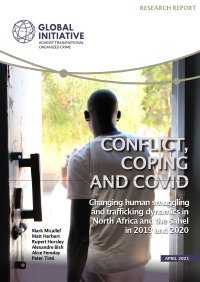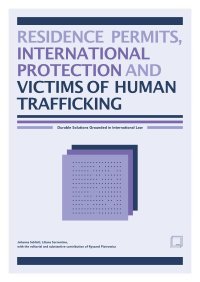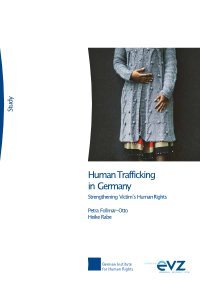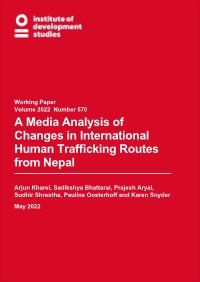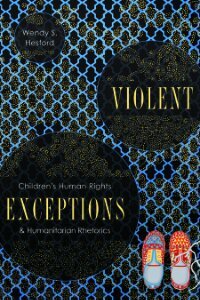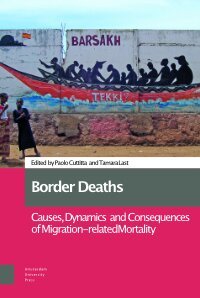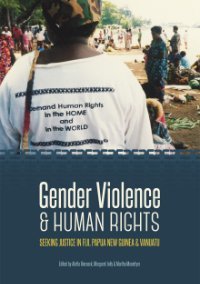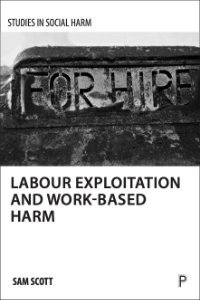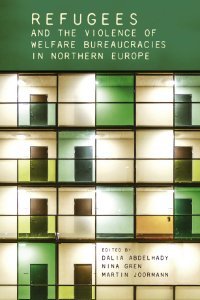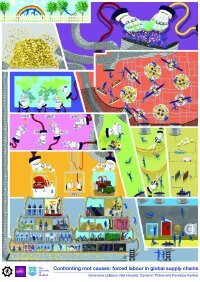By Mark Micallef | Matt Herbert | Rupert Horsley Alexandre Bish | Alice Fereday | Peter Tint.
The first report of the project, ‘The human conveyor belt broken’, published in early 2019, described the fall of the protection racket by Libyan militias that underpinned the surge in irregular migration between 2014 and 2017. That report, in turn, updated information published by the GI-TOC publication ‘The human conveyor belt’, released in March 2017.
This report builds on these studies and maps human smuggling trends and dynamics between 2019 and 2020, as well as the political and security dynamics that impacted and influenced smuggling and trafficking during the period. It underscores both the continuing importance of smuggling from and through Libya, Tunisia, Niger, Chad and Mali and the impact of conflict, insecurity and the COVID-19 pandemic on this industry but also its resilience in the face of these phenomena.
Geneva: Global Initiative Against Transnational Organized Crime, 2021. 110p.


